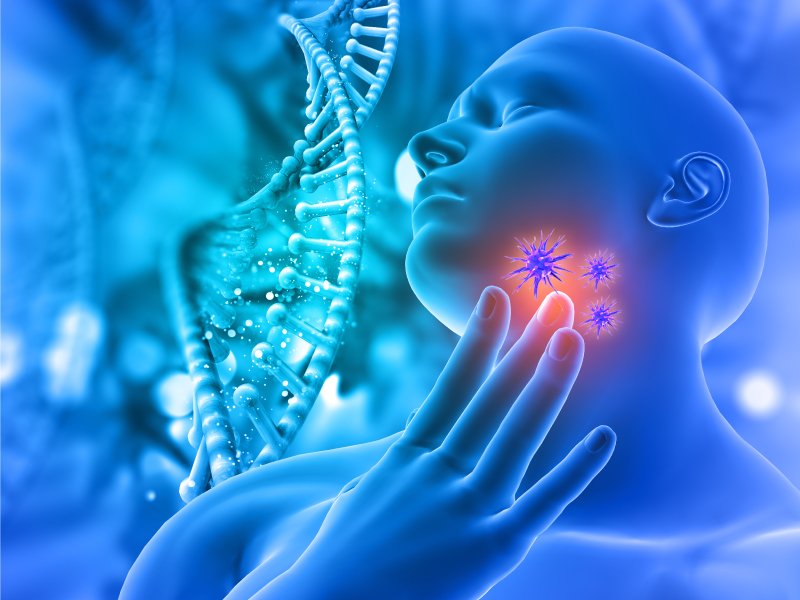
Head and Neck Cancer
Head and Neck Cancer Treatment Ranchi
A variety of tumors that affect your mouth, throat, or other regions of your head and neck are referred to as head and neck cancer. Most of these cancers can be prevented; many are treatable if discovered early. A chronic sore throat is a primary symptom. By abstaining from tobacco, consuming alcohol in moderation, and avoiding an HPV infection, you can lower your risk.
Squamous cell cancer, named for the cell that transforms into a cancer cell, is the most common classification for head and neck cancers.
Types of Head and Neck Cancer
Cancers of the head and neck include:
- Oral cancer: It refers to cancer that develops in the lining of your cheeks, lips, tongue, gums, top, and bottom of your mouth, or the space behind your wisdom teeth
- Oropharyngeal cancer: It affects the middle of the throat (oropharynx). The most typical form of oropharyngeal cancer is tonsil cancer
- Hypopharyngeal carcinoma: It affects the portion of the throat below the pharynx (hypopharynx)
- Laryngeal cancer: It affects the voice box (larynx), which houses the vocal cords
- Nasopharyngeal carcinoma: It refers to throat cancer in the upper region (nasopharynx)
- Salivary gland cancer: Cancer of the saliva-producing salivary glands, or salivary gland cancer (spit)
- Nasal cavity and paranasal sinuses cancer: Cancer that develops in the hollow area inside of your nose (the nasal cavity) or the open spaces in the bones around your nose is known as paranasal sinus cancer (paranasal sinuses)Head and neck cancers can spread to the lymph nodes at the top of your neck. Despite their locations, malignancies of the thyroid, esophagus, brain, and eyes are not commonly categorized as head and neck cancers. Treatments utilized for head and neck cancers do not apply to them.
Who has the greatest chance of getting head and neck cancer?
Male at birth (AMAB) individuals and men are up to three times more likely to receive a diagnosis than females and AMAB individuals (AFAB). Age also has an impact. Most diagnoses occur after age 50. You are more likely to develop cancer if you use tobacco or alcohol, or have an HPV infection, among other things.
What signs indicate head and neck cancer?
Because head and neck cancer symptoms are frequently modest and resemble less dangerous illnesses like a cold or sore throat, it can be challenging to detect. A persistent sore throat is the most typical head and neck cancer sign.
These signs include:
- A chronic throat ache
- Consistent headaches
- Voice changes or hoarseness
- Aches during swallowing or chewing
- A toothache in the upper teeth
- Pain or numbness in the face
- Persistent neck discomfort
- Speaking of breathing difficulties
- A neck, throat, or mouth bulge
- Constant ear infections or pain
- Bloody saliva, phlegm, or nosebleeds
- An unhealed mouth or tongue sore
- Repeated sinus infections that are resistant to antibiotic treatment
- An area of your gums, tongue, or inside of your mouth that is white or red
- Facial or neck swelling on one side or in your jaw (that may cause your dentures to fit poorly)
If you experience any of these symptoms, consult the best oncologist Dr. Satish Sharma at Bhagwan Mahavir Medica Superspecialty Hospital Ranchi.
